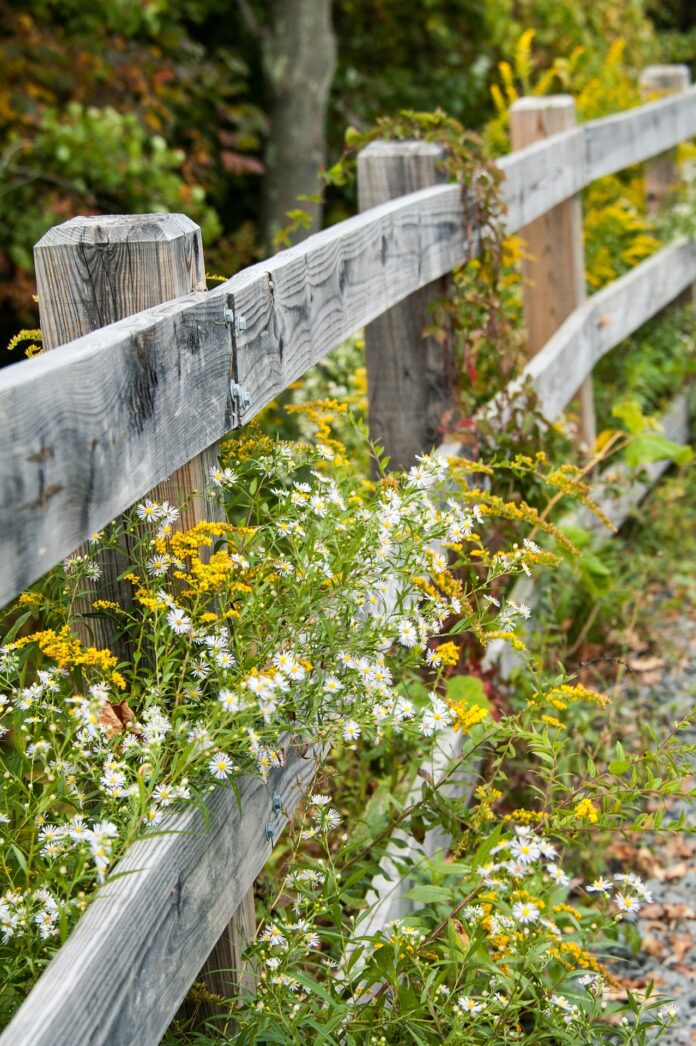Let’s start with a simple premise: When you remove the negative you make room for positive.
This premise can be used in all aspects of life, but I’m going to focus on wildlife habitat, with a specific emphasis on “old field” settings.
An old field is a crop field, hayfield or pasture that has been left fallow. Historically these have been old pasture or hay grounds on steep slopes or low-lying areas that were typically too wet to farm. Old fields are also called early successional habitats or early in time of the progression, they consist of grasses, forbs, and woody vegetation. The vegetative percentage make up of these habitats vary based on the length of time since abandonment and management history.
An old field without active management is often laden with non-native species that provide little habitat for wildlife, like fescue. Fescue is a cool season grass that is planted for pasture and hay production across the U.S. The problem with fescue grass is that it can cover and prevent other beneficial plants from germinating and growing, especially if your current management plan is to brush hog once a year or two. This promotes a dense thatch layer which prohibits movement of animals and results in increased grass growth.
So how do we make room? Since fescue is a cool season grass it grows quickly in the spring and late into the fall. After a few hard frosts most beneficial forbs and woody plants have lost their leaves and gone dormant.
Spray
This is the ideal time to spray a broad-spectrum herbicide, such as glyphosate. Follow the label and wait for a warmer day above 40 degrees F. Since the fescue is still growing and green it will take in the herbicide, but not affect any dormant plants.
Follow up in the spring at the start of green-up with a grass selective herbicide such as Clethodim. Clethodim only kills grass so your early season forbs and woody plants would be safe. If you have any native warm season grasses they are still dormant at this time and less affected by the herbicide. Clethodim takes 1-2 weeks longer to show the affects compared to your typical herbicide. Spot spraying is recommended during the growing season to control what you don’t want and let desirable species fill in.
Disking
Another option to reduce dense grass species is to set back succession by mechanical disking. Through disking you can facilitate decomposing of plant material, stimulate the seedbank and provide that open structure and reset succession. The first year is normally annual forbs such as ragweeds, fleabane, pokeweeds, tickseeds, lambs quarter as well as grasses such as foxtail and perennial forbs such as goldenrods, ironweed and asters. Disking in the fall or winter generally promotes more desirable plants than disking in the spring or early summer. Light shallow disking does not set back succession as much as heavy, deeper disking, leaving you with more soil protection.
Fire
The most natural reset of succession is prescribed fire. Fire sets succession back by controlling plants and stimulating the seedbank. Many native species have evolved with fire and respond amazingly, helping them get a jumpstart competing against non-native plants.
During a fire, litter is consumed, increasing sunlight exposure to the seedbank and provides more open structure. In general, burning in winter or early spring encourages more native warm season grass growth, while burning in late summer or early fall encourages forb response. Fire is my favorite approach but it can be difficult to find a trained professional in the area, so often this type of management is lacking in Ohio.
Benefits
These practices should provide control and the reduction of cool season grasses, creating room for your new set of forbs and woody plants to take root. Forb and woody structure with limited grass allows animals to hide from predators and find cover.
This secure environment provides a high energy source of food for a variety of wildlife. Many native plants rival the protein and energy levels as most cash crops. The seeds of giant ragweed are 47% crude protein while soybeans are 40%. Deer also love browsing on the green foliage in the summer and the soft woody growth throughout the year. Turkeys forage in these areas for bugs and seeds and they provide high quality brood rearing and nesting habitat. A host of song birds feed on seeds and insects while finding nest success in these habitats as well. A diverse number of pollinators utilize the flowering forbs for nectar sources throughout the year.
A well-managed old field provides a diverse collection of native plant communities, providing some of the highest quality habitat you may find around for a wide range of insects, birds, mammals, reptiles and amphibians. Old fields can also be attractive looking habitat with flowering shrubs and forbs blooming throughout, they just need managed.
Repeatedly conservation professionals and seed salesman are pressed to kill everything and plant an all new seedbank. However, under most circumstances there is a beneficial seedbank waiting to sprout. If you give it the space to blossom, you are likely to see a valuable plant community respond from any of these methods. For more information on how you can use utilize addition by subtraction on your property, reach out to your local natural resource professional.













